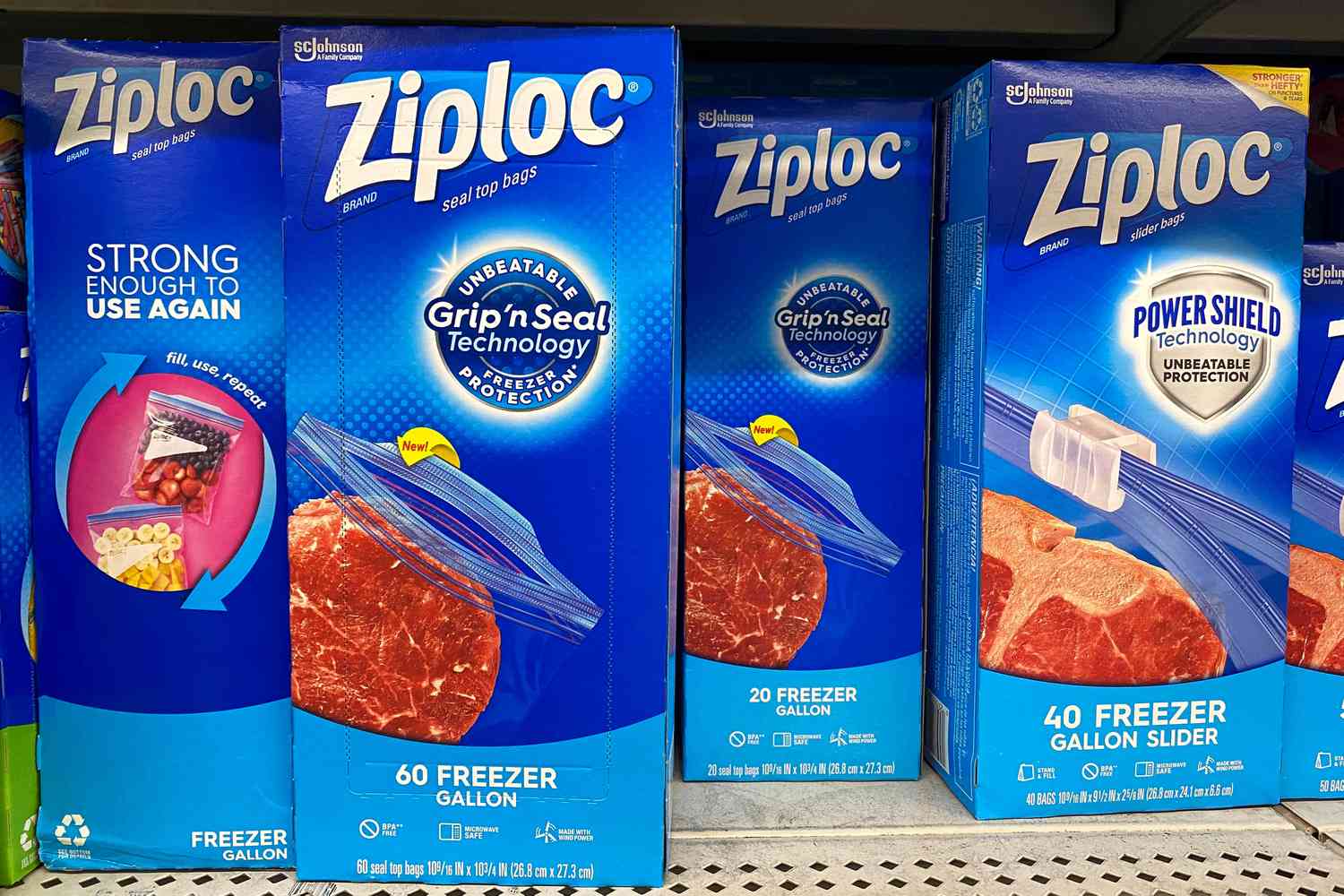
- A class action lawsuit is accusing Ziploc’s parent company, S.C. Johnson, of misleading consumers by labeling its plastic bags as “microwave safe” and freezer-friendly.
- The suit claims the bags contain polyethylene and polypropylene, which may shed microplastics when heated or frozen, posing potential health risks to users.
- Plaintiffs argue that consumers were unknowingly exposed to microplastics due to deceptive labeling, and experts warn this highlights broader concerns about plastic use in everyday food storage.
Ziploc is in hot water over what some consumers call deceptive advertising.
On May 8,About Lawsuitsreported that Linda Cheslow, a California resident, has filed a class action lawsuit against Ziploc’s parent company S.C. Johnson & Son Inc., explicitly stating that some of its Ziploc bags have the potential to release microplastics under “extreme temperatures,” including when they are placed in a microwave or the freezer, as they are made with polyethylene and polypropylene, both of which are petroleum-derived products.
Thecomplaintnoted that Ziploc markets its Ziploc bags and containers as “Microwave Safe” and suitable for “Freezer” use, which the suit says creates the “reasonable impression that they are fit for use in the microwave and freezer.” It added, “In reality, these products are made from polyethylene and polypropylene — materials that scientific and medical evidence shows release microplastics when microwaved and frozen — making them fundamentally unfit for microwave and freezer use.”
The complaint noted that consumers relied on these “false misrepresentations” and “unwittingly exposed themselves and their families to undisclosed microplastics during routine kitchen practices.”
The specific products mentioned in the complaint include the company’s Freezer Bags in pint/small size, quart/medium, and gallon/large, Ziploc Slider Freezer Bags in quart/medium and gallon/large, Ziploc Slider Storage Bags in quart/medium and gallon/large, and Ziploc Containers. The complaint also included multiple images of the products with the wording “microwave safe” clearly printed on the label.
As Food & Wine previouslyexplainedmicroplastics are defined as tiny plastic pieces less than five millimeters in size. They’re found nearly everywhere — including in thehuman heart. Onestudyeven estimated that 170 trillion plastic particles are floating in the ocean right now. While research on how these microplastics affect us is ongoing (though some studies do show that microplastics candamage human cells), it will likely be impossible to avoid all microplastics, no matter how hard you try.
“Microplastics are currently hard to avoid entirely, as they are present in our food, water, and air,” Kelly Johnson-Arbor, MD, a toxicologist at MedStar Health, shared with F&W. “We currently do not know the toxic dose of microplastics for the human body, nor do we fully understand how the body absorbs, processes, and eliminates these particles.”
Still, there are a few key steps you can take to at least minimize exposure. This includesswapping out plastic cutting boardswhich can shed millions of microplastics, for wood, avoidingplastic takeout containerswhenever possible (and never, ever placing them in the microwave), and choosing to store your leftovers inglass or metal containersinstead of plastic products (which is where this lawsuit really comes into play). One more thing you can try is to eatlots ofcolorful fruits and vegetableswhich one study shows can help protect your cells against microplastic damage.
Food & Wine has contacted S.C. Johnson and will update this story with any statements we receive.



